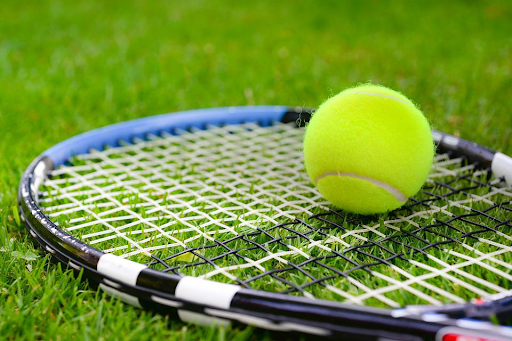If you and your family are tennis enthusiasts and you are hoping to build a tennis court in your backyard, this is the guide for you. Tennis is the cheapest sport you can play, and the monthly court fees for sporting centers can be downright outrageous. Given below is a brief guide that features the basics of setting up a tennis court in your backyard:
How much space would you require?
To fit a tennis court in your backyard, you would require a space that is at least 120’ long and 60’ wide, roughly 7000 square feet, and one that doesn’t intrude on your lawn or yard plants in any capacity. While allocating space for your tennis court, be mindful that the chosen space needs to be leveled to the dot because a sloped or uneven tennis court wouldn’t be functional.
You should also keep in mind that the tennis court would have to be covered with protective netting to ensure that a disarrayed tennis ball doesn’t shatter any windows in your home. Hence the area around the lawn should not have any overlapping trees in the vicinity.
What is the cost of setting up a tennis court?
The cost of setting up a tennis court majorly depends on the type of flooring you install in your court, while the other remaining costs are generally the same. Costs may differ based on whether you opt for asphalt, concrete, clay, or synthetic grass tennis courts. Asphalt and concrete are very expensive to install and could increase the overall cost of your tennis court south of USD 45,000. However, clay and synthetic grass are much cheaper to install and their installation does not require an expert.
Which type of flooring should you choose?
Of the available choices, each of them comes with its advantages and disadvantages as discussed below. While asphalt and concrete require little to no maintenance once installed, they are expensive choices and aren’t very knee-friendly. However, clay and grade tennis courts are cheaper and softer but require regular maintenance.
In terms of bounce, both asphalt and concrete have a consistent bounce, and synthetic grass comes in as a close second in this manner. However, clay flooring tends to absorb the shock from the tennis ball, and the bounce isn’t as consistent as the other three types.
Taking into consideration all pertaining factors, for a home-based tennis court, synthetic grass is the best choice in terms of it being easy to install, affordable, and soft enough to not injure your training children.
What are other pertaining factors in a tennis court?
Other factors in a tennis court include its lighting, windscreens, and fencing, and each is discussed briefly below.
If you and your family only plan on using the court during the day, you probably don’t even need to consider the lighting in the first place. However, if you demand flexibility in your playing schedule, you may have to invest in lighting if your backyard isn’t already well lit.
Windscreens are an important addition to your tennis court if you do not want your serves to be impaired by winds. Having windscreens would also allow you to continue your game uninterrupted during heavy winds.
While conventional tennis courts are usually fenced in, fencing isn’t a requirement. However, opting to not invest in fencing would cause you to chase tennis balls now and then, and that is never too much fun.

